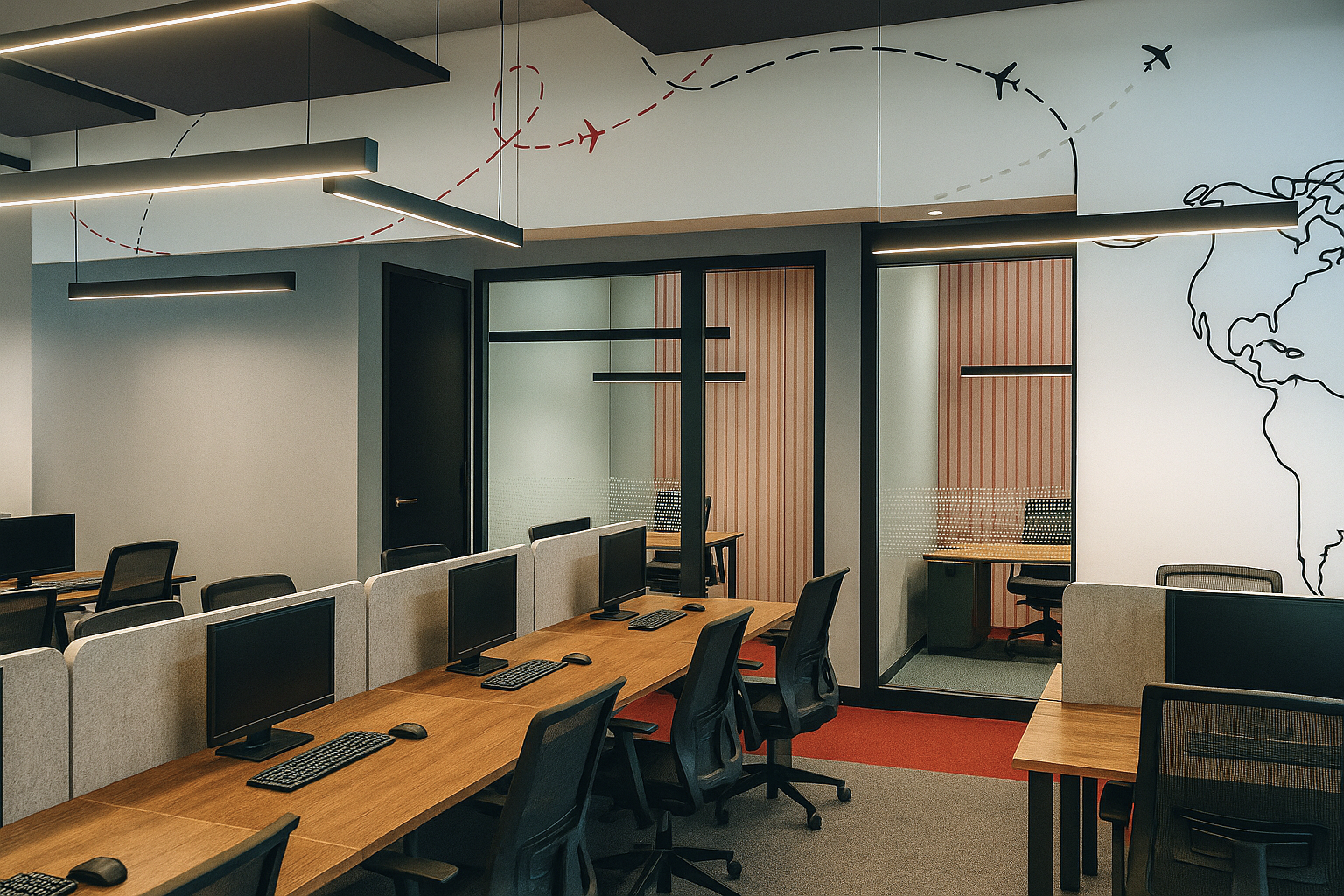The phone rings on a Tuesday morning. Your company needs a fresh office space in six months, and you have been tasked with managing the budget. You start with what seems like a simple calculation. Desks, chairs, lighting, paint. Easy enough. But three months later, you discover expenses you never considered. The electrical work needed for modern office design elements. The specialized installation for office furniture design pieces. The permits required for commercial interior design changes. Suddenly, your neat budget has grown by 40%, and you are scrambling to find savings wherever possible.
This scenario plays out in businesses across Canada every day. According to JLL’s 2025 research, office fit out costs now average $278 CAD per square foot in Canada, but the real challenge lies in the hidden expenses that catch businesses off guard. Smart budgeting for modern office design requires understanding both the obvious costs and the less visible ones that can make or break your financial plan.
Understanding the True Scope of Modern Office Design Costs
Creating a comprehensive budget for modern office design begins with understanding the complete cost structure. The most visible expenses include furniture, fixtures, and finishes, but these represent only part of the total investment. A typical office interior design project breaks down into several major categories that each demand careful consideration.
Design and professional fees typically account for 10% to 15% of the total project budget. When you work with professional teams who specialize in commercial interior design, this investment covers space planning, technical drawings, permit applications, and project coordination. These services prevent costly mistakes and ensure your office interior design meets all regulatory requirements.
Core construction costs represent the largest portion at 50% to 55% of most budgets. This includes structural changes, electrical and plumbing updates, flooring installation, and ceiling work. Modern office design often requires specialized electrical systems to support technology integration, advanced HVAC systems for comfort, and updated plumbing for break areas and washrooms.
Office furniture design and equipment costs typically range from 20% to 25% of the total budget. This covers workstations, seating, storage solutions, and specialized pieces that define your workspace functionality. When you source office furniture through professional channels, the variety and quality options expand significantly compared to standard retail purchasing.
The Hidden Costs That Derail Office Design Budgets
The expenses that catch most businesses unprepared are the ones that surface after planning begins. Permit fees and regulatory compliance costs can add thousands to commercial interior design projects. Many modern office design elements require special approvals, especially in older buildings or when changing electrical loads.
Technology infrastructure represents another major hidden cost category. Modern office design relies heavily on integrated technology, from wireless charging stations built into office furniture design to sophisticated lighting control systems. These elements require specialized installation and often need electrical upgrades that were not obvious during initial planning.
Logistics and installation costs frequently exceed expectations. When you source office furniture near you, delivery might seem straightforward. However, professional office furniture design pieces often require specialized installation teams, and timing coordination between different trades can extend project timelines and increase labour costs.
Storage and swing space needs during renovation create additional expense categories. Businesses need temporary locations for existing furniture and equipment during construction. Some companies must rent temporary office space for employees, which can represent significant hidden costs in commercial interior design budgets.
Contingency funds become essential when managing modern office design projects. Industry experts recommend allocating between 5% and 10% of the total project budget for unexpected issues. This buffer handles surprises like structural discoveries, material delays, or design changes that arise during construction.
How Professional Interior Design Teams Deliver Cost Efficiency
Working with experienced professionals who understand commercial interior design creates multiple opportunities for cost savings that often exceed their service fees. Professional teams have established relationships with suppliers and can source office furniture at trade pricing levels that are typically 20% to 40% below retail costs. These savings alone can offset a significant portion of design fees.
Professional office interior design teams prevent costly mistakes through proper planning and coordination. They understand how different building systems interact and can identify potential conflicts before construction begins. This proactive approach eliminates expensive change orders that occur when problems surface during installation.
Experienced professionals know where to allocate budget for maximum impact. They can recommend when to invest in high quality office furniture design pieces that provide long term value and when to select cost effective alternatives that achieve the desired aesthetic without premium pricing. This guidance helps stretch budgets further while maintaining design quality.
Professional teams also coordinate timing and sequencing to minimize disruption and associated costs. When you have interior designers near you who understand local suppliers and installation teams, they can schedule deliveries and installation to reduce overtime charges and avoid delays that increase project costs.
Strategic Approaches to Office Furniture Procurement
Smart office furniture procurement represents one of the most significant opportunities for budget optimization in modern office design projects. Bulk purchasing provides substantial savings when outfitting entire floors or buildings. Suppliers often offer volume discounts of 15% to 25% when businesses purchase complete workspace solutions rather than individual pieces.
Timing purchases strategically can yield additional savings. Many commercial interior design suppliers offer end of quarter or end of year incentives to meet sales targets. Professional teams who specialize in office interior design understand these cycles and can time purchases to capture these limited time savings opportunities.
Mixing new and remanufactured office furniture design pieces creates budget flexibility without sacrificing quality. Remanufactured furniture typically costs 60% less than new equivalent pieces while providing the same functionality and professional appearance. This approach works particularly well for private offices and conference rooms where usage levels are moderate.
Lease options provide budget predictability for businesses that prefer to spread costs over time. When you work with experienced teams who can source office furniture through various procurement methods, lease arrangements can provide access to higher quality pieces while maintaining monthly budget control.
Maximizing Value Through Strategic Planning
Creating detailed specifications early in the planning process prevents scope creep that inflates budgets. When you work with professionals who understand both office interior design and commercial interior design requirements, they create comprehensive documentation that establishes clear project boundaries and prevents expensive additions during construction.
Phased implementation strategies allow businesses to spread costs across multiple budget cycles while achieving immediate improvements. Professional teams can prioritize areas that provide the greatest impact on employee productivity and satisfaction while planning future phases that complete the overall modern office design vision.
Value engineering reviews identify opportunities to achieve design goals through alternative approaches that cost less without compromising quality. Experienced professionals can suggest equivalent materials, different installation methods, or revised layouts that maintain the intended functionality while reducing overall project costs.
Regular budget monitoring throughout the project ensures costs stay on track. Professional project management includes regular updates on actual versus projected spending, early warning systems for potential overruns, and recommendations for adjustments that keep projects within financial targets.
The most successful modern office design projects result from partnerships between businesses and professional teams who understand the complete scope of commercial interior design requirements. These collaborations create workspaces that support business objectives while optimizing budget efficiency through strategic planning, smart procurement, and proactive problem solving.
Frequently Asked Questions (FAQ):
How much should businesses budget per employee for modern office design projects?
Industry benchmarks suggest budgeting between $1,800 and $5,000 per workstation for complete office furniture design solutions, with the range depending on quality levels and storage requirements. When you include all commercial interior design elements like construction, technology, and professional services, total costs typically range from $8,000 to $15,000 per employee. Companies that source office furniture through professional channels and work with experienced interior designers often achieve better value within these ranges through strategic procurement and avoiding costly mistakes.
What percentage of the total budget should be allocated for office furniture versus construction costs?
Construction and core building work typically represents 50% to 55% of office interior design budgets, while office furniture design and equipment accounts for 20% to 25%. Design and professional fees consume 10% to 15%, with the remainder allocated for permits, contingencies, and specialized installations. This distribution can shift when businesses source office furniture at trade pricing levels or when modern office design projects require extensive building modifications. Professional commercial interior design teams help optimize these allocations based on specific project requirements and business priorities.
How can businesses determine if hiring professional interior designers provides cost savings?
Professional interior designers near me typically provide measurable value through trade pricing access that saves 20% to 40% on furnishings, mistake prevention that eliminates costly change orders, and strategic guidance that optimizes budget allocation. When you calculate the total cost savings from these benefits, they often exceed professional service fees. Additionally, professional teams coordinate projects more efficiently, reducing timeline delays and associated costs. Businesses can evaluate this value by comparing quotes for office furniture design pieces at retail versus trade pricing and considering the cost of potential mistakes when managing commercial interior design projects without professional expertise.
Key Takeaways:
- Professional office interior design teams provide trade pricing access that can save 20% to 40% on office furniture design purchases
- Hidden costs like permits, technology infrastructure, and logistics typically add 15% to 25% to initial budget estimates
- Contingency funds of 5% to 10% prevent budget crises when unexpected issues arise during commercial interior design projects
- Strategic timing of purchases and bulk procurement can reduce office furniture costs by 15% to 25% through volume discounts
- Mixing new and remanufactured office furniture pieces provides quality solutions at 60% lower cost than all new purchases
- Professional teams prevent costly mistakes through proper coordination and planning that often exceed their service fees in value
- Phased implementation spreads costs across budget cycles while delivering immediate workplace improvements
- Value engineering reviews identify alternative approaches that maintain quality while reducing project costs
- Early specification development prevents scope creep that typically inflates budgets during construction
- When you source office furniture through professional channels, selection and customization options expand significantly
Smart budgeting for modern office design requires understanding both visible and hidden costs while leveraging professional expertise to maximize value. Companies that invest in proper planning and professional guidance create superior workspaces while maintaining budget control. The key lies in recognizing that office interior design represents an investment in employee productivity and business success rather than simply an expense to minimize. When approached strategically, modern office design projects deliver measurable returns through improved employee satisfaction, enhanced productivity, and reduced operational costs over time. Professional commercial interior designers provide the expertise and resources necessary to achieve these outcomes while optimizing budget efficiency through smart procurement and strategic planning approaches.

